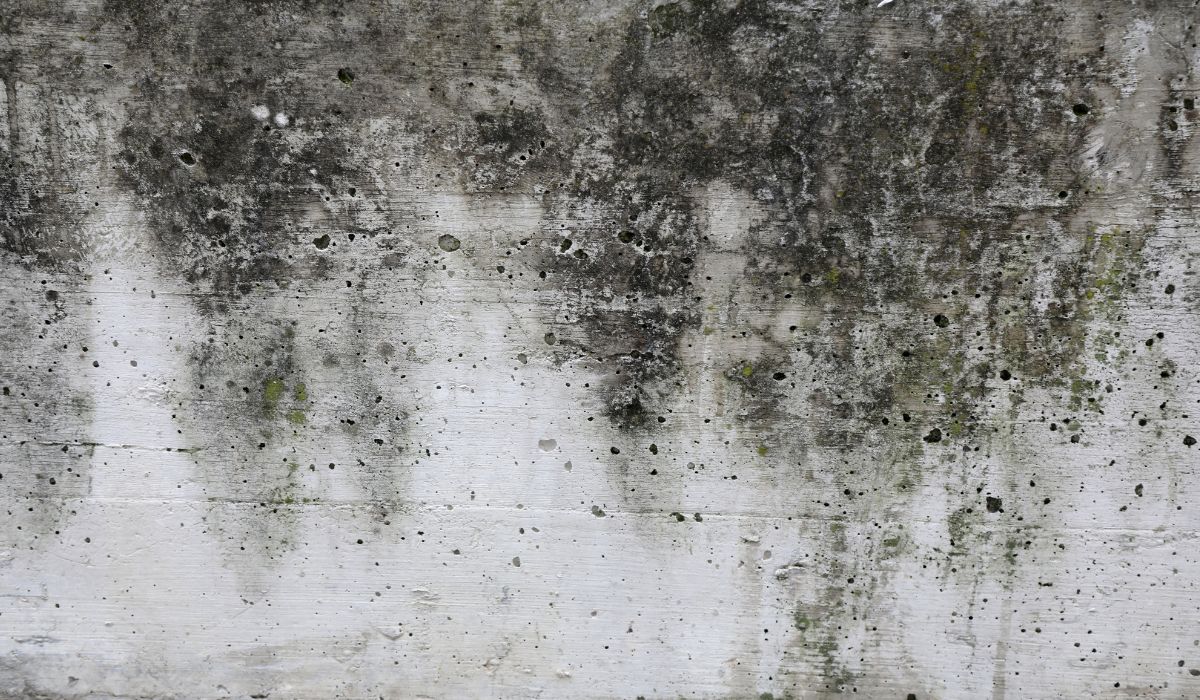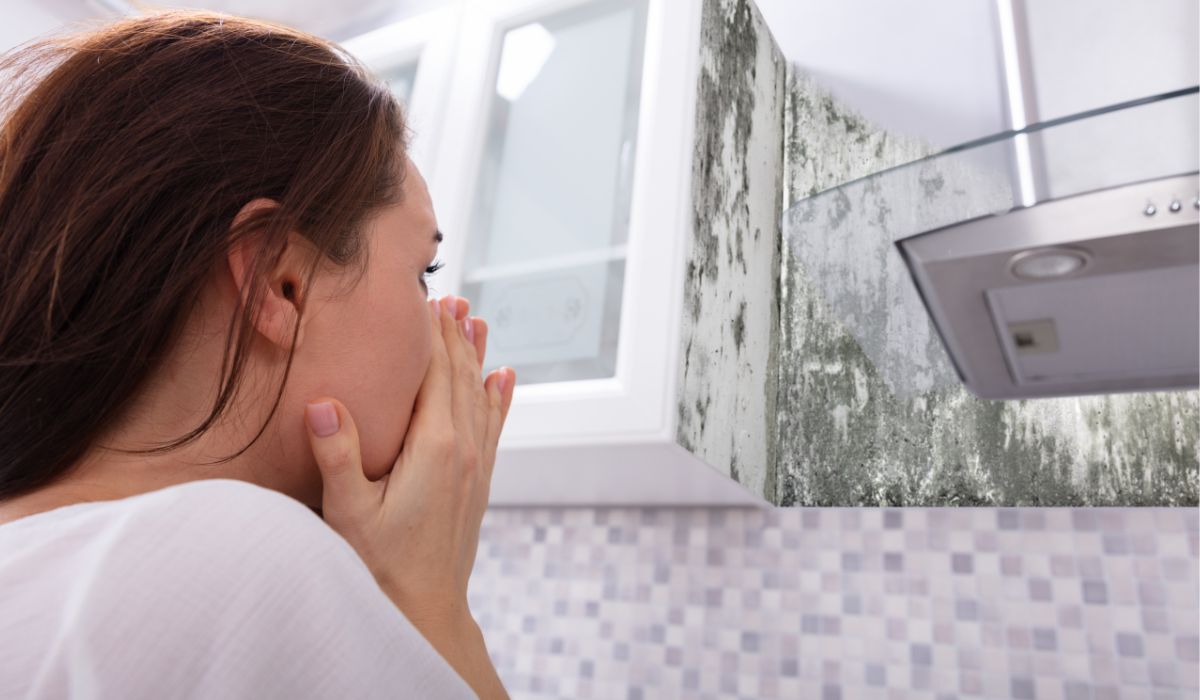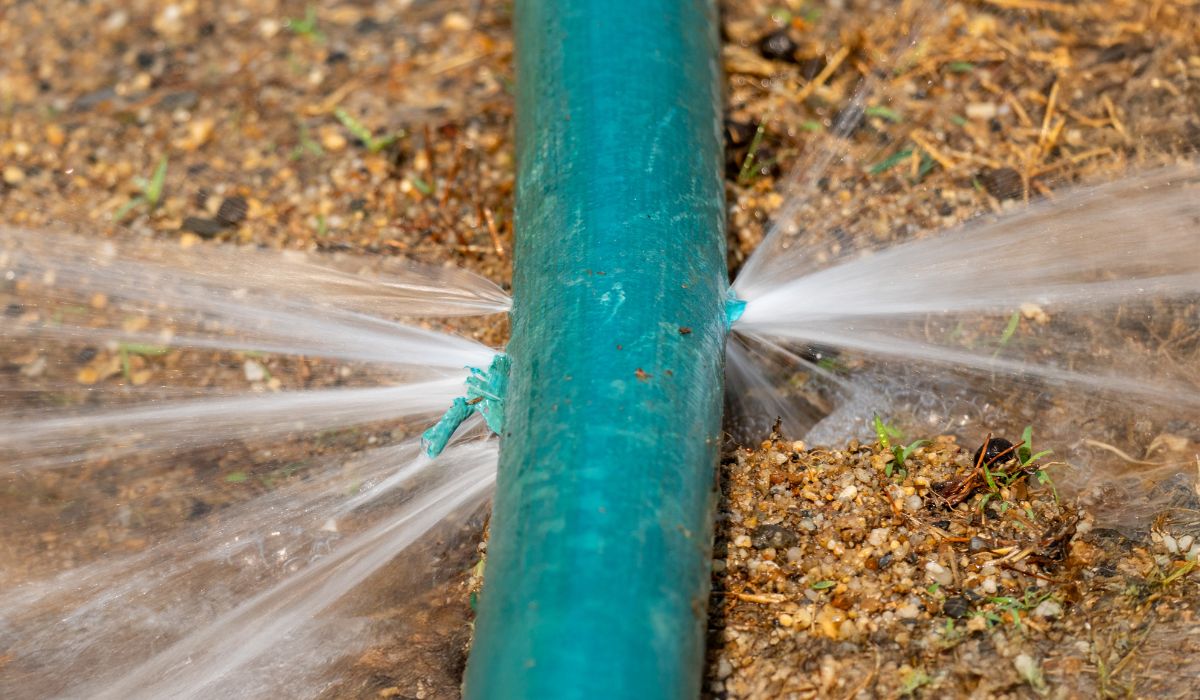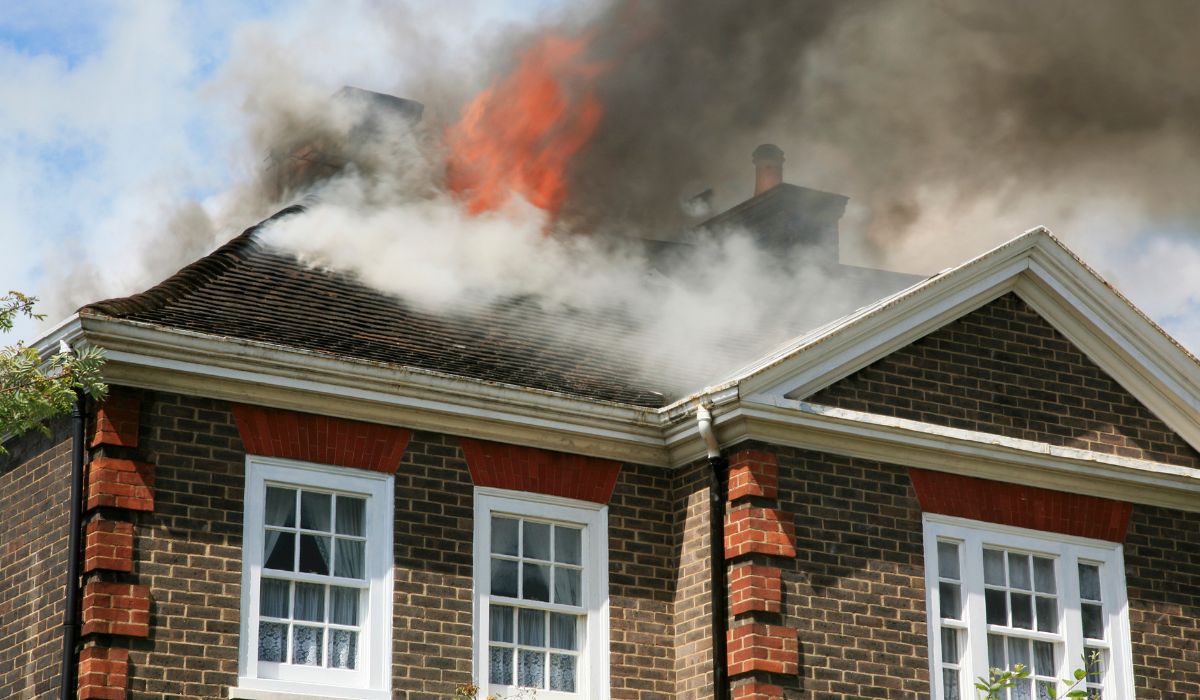How to Deal With Black Mold: Safe & Easy Tips That Work
Black mold can be scary, but you can beat it with the right steps. If you’ve found mold in your house, don’t panic. This guide will teach you how to deal with black mold the safe and smart way.
We’ll cover what black mold is, where it hides, what it does to your health, and how to clean it up. We’ll also show you how to stop it from coming back. Let’s dive in!

What Is Black Mold?
Black mold, also called Stachybotrys chartarum, is a type of fungus that grows in wet, damp places. It looks dark green or black and usually smells musty or earthy.
It likes to grow in places where there’s water damage, like:
- Leaky roofs
- Damp basements
- Flooded bathrooms
- Wet drywall or carpets
Why Is Black Mold Dangerous?
Black mold isn’t just ugly — it can make you sick. When black mold grows, it sends tiny particles called mold spores into the air. If you breathe them in, it may hurt your health, especially if you have allergies or asthma.
Health Problems from Mold Exposure
Here are some signs that mold might be making you or your family feel bad:
- Coughing or sneezing
- Stuffy nose
- Itchy eyes
- Skin rashes
- Headaches
- Trouble breathing

Where Does Black Mold Hide?
Black mold loves hidden spots where water collects. Even if you don’t see it, it might be hiding. Look out for:
- Under sinks
- Behind walls
- Inside air vents
- On ceilings
- Around windows
- Inside washing machines
Signs You Have a Mold Problem
You don’t have to see mold to know it’s there. Look for these signs:
- A strong, musty smell
- Water stains on walls or ceilings
- Peeling paint or wallpaper
- Past water damage or flooding
If you’re not sure, call a certified mold inspector. They can test for mold safely.
Step-by-Step: How to Deal With Black Mold
Let’s break down the steps to deal with mold in your home.
Step 1: Stay Safe
Before touching mold, protect yourself. Wear:
- Gloves
- N95 face mask
- Goggles
- Long sleeves
Keep kids and pets away from the area.
Step 2: Stop the Water Source
Mold grows where it’s wet. Fix any leaks, dry out the area, and use fans or dehumidifiers.
Step 3: Seal the Area
If the mold is in one room, close the doors and windows. Use plastic sheets and tape to stop mold spores from spreading.
Step 4: Remove Moldy Items
Throw away:
- Wet carpet
- Moldy ceiling tiles
- Rotted wood
- Damaged drywall
Seal them in plastic bags before throwing them out.
NLP Keywords: mold removal, black mold cleanup, mold remediation
Step 5: Clean the Surface
Use a mixture of:
- 1 cup of bleach + 1 gallon of water OR
- White vinegar and baking soda
Scrub hard surfaces like tile, glass, and metal. Never mix bleach with ammonia — it makes toxic gas.
Step 6: Dry Everything Fast
Mold grows fast in wet areas. Use fans and open windows to dry everything within 24–48 hours.
Step 7: Keep an Eye on the Area
Watch the area for a few weeks. If mold comes back, the moisture problem isn’t fixed yet.
When to Call a Mold Remediation Company
Sometimes, you need expert help. Call a professional mold remediation company if:
- The mold covers more than 10 square feet
- You smell mold but can’t find it
- Someone in the house is getting sick
- You’ve had major flooding or water damage
These pros use tools like HEPA vacuums, air scrubbers, and moisture meters to clean mold the right way.
How to Prevent Black Mold
It’s better to stop mold before it starts. Here’s how to prevent it:
Control Humidity
Keep your home’s humidity below 50%. Use:
- Dehumidifiers
- Air conditioners
- Exhaust fans in bathrooms and kitchens
Fix Leaks Fast
Check your roof, pipes, and basement for leaks and repair them right away.
Use Mold-Resistant Products
When building or remodeling, ask for:
- Mold-resistant drywall
- Mold-killing paint
Keep Air Moving
Open windows, run ceiling fans, and don’t let rooms get stuffy.
Clean Regularly
Wipe down bathrooms, laundry rooms, and anywhere else that gets wet often.
What Not to Do With Black Mold
Some mistakes can make mold worse. Avoid:
- Painting over mold
- Using a regular vacuum on mold
- Mixing bleach with other cleaners
- Ignoring small mold spots
What Products Help Kill Mold?
Here are some safe mold cleaners you can use at home:
- White vinegar – great for non-porous surfaces
- Hydrogen peroxide – kills mold and bacteria
- Baking soda – absorbs moisture and scrubs well
- Bleach – strong, but only for hard surfaces
You can also buy EPA-registered mold-killing sprays at home stores.
Entities: Clorox, Concrobium, RMR-86, Lysol Mold & Mildew Remover

FAQs About Dealing With Black Mold
How do I know if it’s black mold or regular mold?
Black mold is usually dark green or black and has a strong, musty smell. Only a mold test can confirm what type it is.
Can I clean black mold myself?
Yes, if it’s a small area (less than 10 square feet). Use gloves, a mask, and a mold cleaner. Bigger jobs should be left to professionals.
Is black mold always toxic?
Not always, but it can be harmful. Some types of black mold release toxins (mycotoxins) that may affect your lungs, skin, or brain if breathed in.
Will black mold go away on its own?
No. Mold needs moisture to grow, and once it starts, it spreads fast. You must remove it and fix the water source.
How much does black mold removal cost?
Small cleanups cost $50–$200 with DIY. Professional mold remediation costs between $500 and $6,000 depending on damage size and location.
Final Thoughts: Stay Safe and Take Action
Black mold is serious, but with the right steps, you can keep your home and family safe. Don’t wait — deal with it early and stop it from coming back.
If the job is too big or dangerous, call a licensed mold professional. It’s worth it to keep your home healthy. Contact us today on how we can help you remove black mold.



